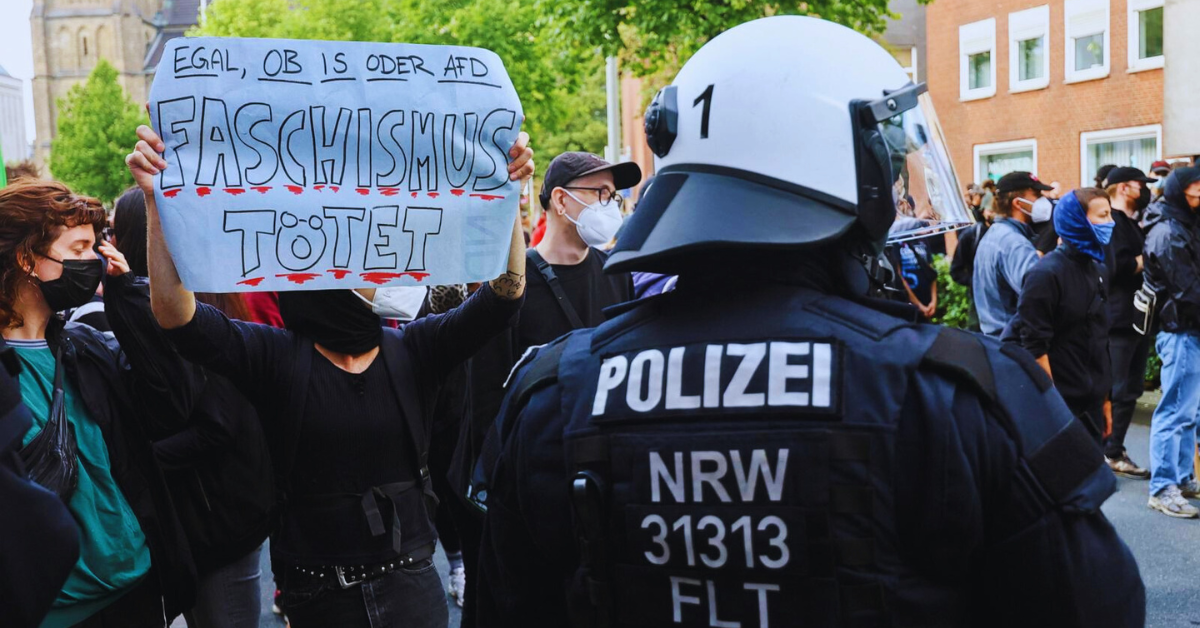The recent surge of terror attacks in Europe has alarmed U.S. intelligence and law enforcement agencies, leading to a heightened state of alert across the United States. This wave of violence, characterized by its unpredictable nature and the involvement of various extremist groups, has underscored the complexities of modern-day counterterrorism efforts. The ramifications of these events extend beyond Europe, significantly impacting American security strategies and the collaborative efforts between U.S. agencies and their international counterparts.
The European Terrorism Landscape: A Catalyst for U.S. Concern
The spate of recent terrorist activities in Europe, ranging from bombings to coordinated assaults on civilians, has prompted a reevaluation of threat levels in the United States. European nations, grappling with the multifaceted nature of these threats, have seen an uptick in attacks claimed by or linked to Islamist extremist groups. The escalation of such incidents has not only shaken European communities but also triggered alarm within U.S. intelligence circles. The U.S. Department of Homeland Security (DHS) and the Federal Bureau of Investigation (FBI) have been particularly vigilant, given the transnational nature of many terrorist networks.
One significant factor driving the concern is the evolving tactics used by terrorist organizations. Groups like ISIS and al-Qaeda have shifted from orchestrating large-scale attacks to inspiring lone-wolf operations. These attacks are often carried out by individuals with no direct ties to any known terrorist organization but who are radicalized through online propaganda. The adaptability and decentralization of these networks make them particularly challenging to detect and disrupt.
The Role of Intelligence Sharing and International Cooperation
In light of these developments, U.S. law enforcement agencies have intensified their efforts to strengthen international partnerships. The FBI and DHS have underscored the importance of information sharing with European allies. This cooperation is crucial for identifying potential threats before they materialize on American soil. For instance, intelligence regarding the movement of suspected terrorists, their communication methods, and financial transactions is shared between U.S. and European agencies to preempt attacks.
The New York Police Department (NYPD), which plays a critical role in safeguarding one of the world’s most prominent cities, has also been proactive. NYPD officials have emphasized the need for vigilance, particularly in urban centers that could be attractive targets for terrorists. Regular briefings and updated threat assessments are provided to law enforcement personnel to ensure they are equipped to respond to any potential threats.
Domestic Implications and the Role of Local Law Enforcement
The implications of these European attacks are not confined to the international arena. Domestically, there has been an increased focus on potential threats posed by homegrown extremists. The FBI has raised concerns about the possibility of individuals in the United States being inspired by the success of attacks abroad. This concern is compounded by the ease with which radicalized individuals can access materials and training online, often bypassing traditional security measures.
Local law enforcement agencies across the U.S. have been urged to remain vigilant, particularly in areas with significant public gatherings. The NYPD, for instance, has ramped up its counterterrorism efforts, including enhanced surveillance, the deployment of specialized units, and collaboration with federal agencies. This multi-layered approach is designed to provide a robust defense against any potential attacks.
The Broader Context: Terrorism and Global Security
The recent attacks in Europe have also highlighted the broader challenges of combating terrorism in an increasingly interconnected world. The global nature of terrorism means that events in one part of the world can have immediate and far-reaching consequences elsewhere. For the United States, this reality necessitates a comprehensive approach that includes not only military and intelligence operations but also efforts to counter the ideological roots of terrorism.
Moreover, the rise of right-wing extremism in the United States has added another layer of complexity to the counterterrorism landscape. The FBI has noted an increase in the activities of domestic extremist groups, some of which have drawn inspiration from terrorist tactics used abroad. This convergence of threats has made the task of ensuring national security more daunting than ever.
Conclusion
The recent wave of terror attacks in Europe serves as a stark reminder of the persistent and evolving nature of global terrorism. For U.S. intelligence and law enforcement agencies, the challenge lies in adapting to this new reality, where threats are both diverse and diffuse. The importance of international cooperation, robust intelligence-sharing frameworks, and a proactive domestic security posture cannot be overstated.
As the United States continues to confront these challenges, it will need to maintain a delicate balance between protecting civil liberties and ensuring public safety. The ongoing vigilance of law enforcement, coupled with the resilience of communities, will be key to navigating this complex threat environment. The lessons learned from Europe’s recent experiences will undoubtedly shape the future of counterterrorism efforts in the United States and beyond.
Read more: IDF Confirms Death of Master Sgt. Yohav Hay Glam in Gaza Conflict


